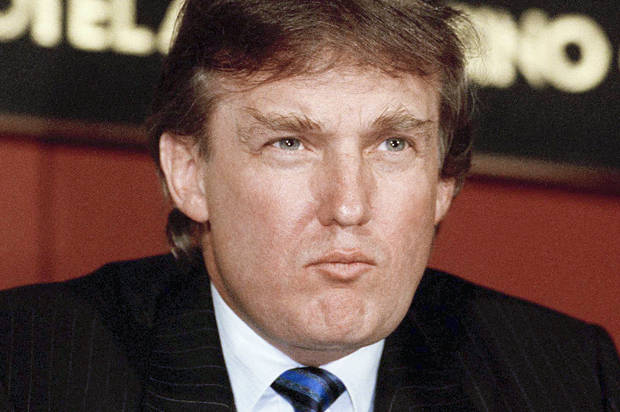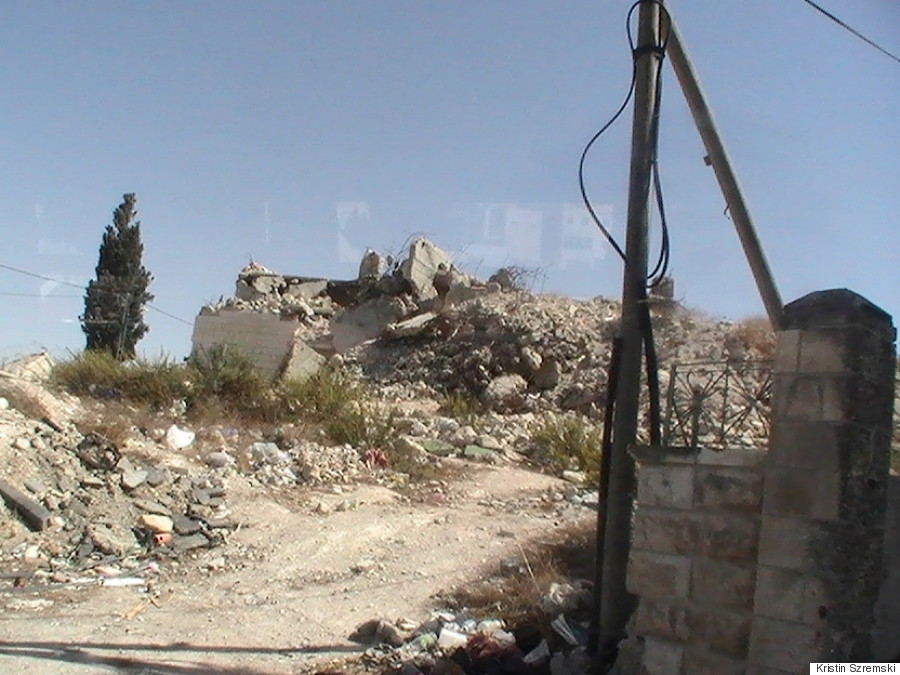Like a bad penny, the F-35 just keeps turning up in Canadian media.
A more fitting place would be in our history books, as a cautionary tale of how not to break the bank on a white elephant while torching one’s credibility.
This is an issue in which Justin Trudeau either earns his wings as a new type of politician, or he ditches in the same sea of double-talk that swallowed up his predecessors. Either his government is running the show, or bureaucrats over at Industry Canada are – the ones who are still dazzled by the lure of industrial benefits for the Canadian aerospace industry if Canada only sticks with the F-35.
These Harper era worthies seem to have forgotten that pilots fly airplanes, not industrial benefits. If Canadians ever see Trudeau or his defence minister posing in the cockpit of this stealthy lemon, with one engine, one seat, and no known price-tag, a la Peter MacKay, it will be time to move to Iceland.
Which is just to say that there is not much wiggle room here for the new government. Trudeau made clear on the campaign trail – crystal clear, that a Canada run by him would not be buying the F-35. Too expensive, too unreliable, and far too much political chicanery applied to the “acquisition” by the Harper Conservatives.
It was, of course, not an acquisition at all, just a five-alarm scandal. The former PM, his various defense ministers, and a bevy of Conservative MPs lied their way into oblivion on this disgraceful file. Remember Harper’s quotes about a “contract” for the F-35 when there wasn’t one? Remember Julian Fantino and Chris Alexander breaking the Baloney Barrier with their inflated claims about this over-rated golden goose of the defense contractor community?
But since then, the Trudeau government has gone wobbly on its commitment to buy a better, cheaper fighter jet to replace the CF-18 and invest any savings in naval vessels. Both his defense minister, Harjit Sajjan, and his minister of public services and procurement, Judy Foote, have refused to rule out the F-35 as part of the review looking into which jet Canada should purchase. Call that what you like, but it is hardly keeping the promise their leader so unequivocally made to Canadians when applying for the country’s top job.
When the only way to get the largest military procurement in history through the system was to eliminate competition and lie big about the cost, as Harper did, you know that there is something rotten in cabinet and at HQ. This fifth-generation fighter may be invisible to radar, but it’s not nearly as stealthy as the forces determined to buy this boondoggle with wings.
Lest we forget, the boys with stars on their shoulders had decided to buy the F-35 four years before the specs were even written for the acquisition. The fact that the sales pitch is still being made is remarkable in itself, given what is known about the F-35 program – the dishonesty and deception at the highest levels.
Despite all the public relations that tax dollars can buy, the Pentagon doesn’t even know if the $100-million planes are fit for combat. In the United States, the F-35 program was supposed to deliver 1,013 aircraft by fiscal 2016; it has delivered 179. Since the project began in 2003, the cost of the aircraft has doubled. According to the Government Budget Office in Washington, it costs $30,000 an hour to fly. The last F-35 is now scheduled to be delivered in 2040 — fifth generation jets produced at horse and buggy speeds.
Nor should anyone forget how this budget-breaking aircraft was born. The Pentagon and Lockheed-Martin actually put the F-35 into production years before the first test flight. Who would put an aircraft — or a mousetrap for that matter— on the assembly line before knowing if it worked? A defence contractor perchance?
After all, producing before testing meant that expensive refits had to be made every time defects were found in the aircraft. And that has happened a lot, since the design tools for the F-35 were deeply flawed. Making matters worse, there were also three variants of the aircraft — one for the Air Force, one for the Navy, and one for the Marines. Lots of room for refits there. Plus various parts of the F-35 were made in different countries, a ploy used as a sales pitch. No wonder back in 2012, the Pentagon’s Undersecretary of Defense for Acquisition, Technology, and Logistics, Frank Kendall, called producing the F-35 before testing it “acquisition malfeasance.”
Consider the opinion of that well-known peacenik John McCain about the F-35 program. If anyone should have been an advocate for this futuristic weapon it should have been McCain. Instead, America’s most famous pilot-cum-POW and the Republican senator from Arizona, excoriated the F-35 last week at a meeting of the Senate Armed Services Committee. He said he could not “fathom” how the delivery schedule of the F-35 made any strategic sense. He added that the history of the F-35, “has been both a scandal and a tragedy with respect to cost, schedule and performance.”
McCain was talking about history, but the scandal surrounding the F-35 is ongoing. Five of six F-35s were recently unable to take off from Mountain Home Air Force Base in Idaho. After 15 years of “development” and billions of dollars of investment, the planes could not boot up their proprietary software to get airborne — a story first reported in Flight Global and picked up by the Daily Mail.
How bad have things become? Pretty bad.
The House Armed Services Committee has even asked military leaders if it would be possible to re-start the ruinous F-22 Raptor program — also a Lockheed fighter — which had been shut down five years ago for gross cost overruns and unreliability. The politicians wanted to know what it would require to build 194 new Raptors to “finally meet the Air Force’s long-stated requirement of reaching 381 of the jets.” The request was described as an attempt to “side-step” mounting problems with the F-35’s electronic “brain” that could see the entire fleet grounded.
Predictably, the U.S. Air Force had an answer. Unfortunately, it was more public relations. A leaked media script showed that the Air Force was supplying its pilots with political-style talking points to be used to praise the F-35. You know, the kind Stephen Harper handed out when he couldn’t find real facts to support his arguments.
It remains to be seen if these “Public Affairs Guidance” notes will be able to counter an earlier leaked memo written by an F-35 pilot in his own words. In that memo, reported by Fortune Magazine, the pilot described how the F-35 was bested by a 40-year-old F-16 in mock air-to-air dogfights over the Pacific Ocean in 2015.
Justin Trudeau should deal with this issue as the crow flies — in a straight line between his election promise and Canada’s eventual decision on which fighter will be chosen to replace the CF-18.
If the government’s pledge to make fact-based decisions is for real, it’s hard to imagine how that could be the F-35.
Original Article
Source: ipolitics.ca/
Author: Michael Harris



































